#MNAC
Text

Tournée du Chat Noir (1896)
🎨 Théophile Alexandre Steinlen
🏛️ Museu Nacional d'Art de Catalunya
📍 Barcelona, Spain
#Tournée du Chat Noir#Théophile Alexandre Steinlen#Art Nouveau#Post-Impressionism#Modern art#The Black Cat Tour#Museu Nacional d'Art de Catalunya#MNAC#color lithograph on paper#poster#french#art#artwork#art history
18 notes
·
View notes
Text
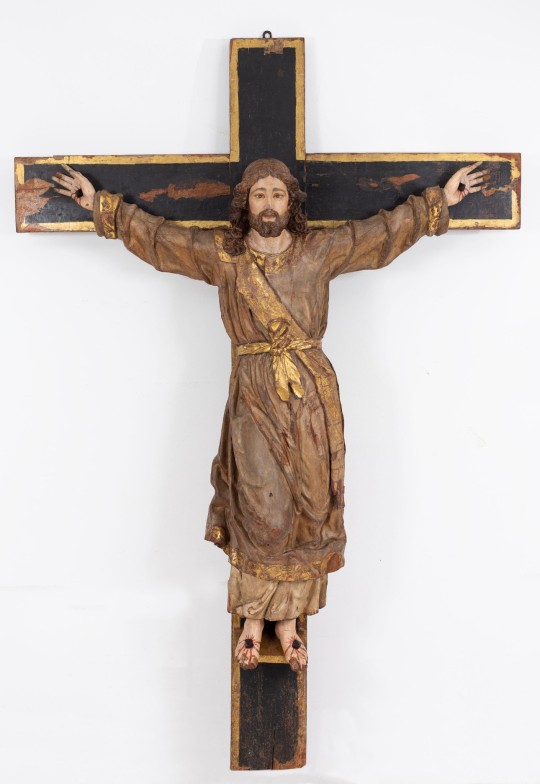
When Catalonia's National Art Museum (MNAC) acquired this piece, they thought it represented Jesus Christ on the cross. On a closer study, they realised it represents a woman: Saint Wilgefortis (Santa Lliberada in Catalan, which means "Saint Liberated").
This wooden sculpture was made by an artist called Andreu Sala around the year 1689 for the church of El Carme in Barcelona, Catalonia. But why does a female saint have a beard? This is not a shock to anyone familiar with this saint's story.
According to the legends, Wilgerfortis was the daughter of a pagan king of Portugal. She converted to Christianity in secret and made a vow of chastity. Her father gave her hand in marriage to a pagan or Moorish king, but she refused to marry anyone. To avoid marriage, she prayed to God to disfigure her to make men find her ugly. God answered her prayers and blessed her by making her grow a beard. The marriage was broken and that made her father angry. He accused Wilgerfortis of witchcraft and had her crucified, like Christ had been.
There are different hypothesis about the origin of this legend:
Some say it might be related to ancient intersex divinities, such as the Ancient Greek Hermaphroditus.
Others say it might have its origin in a side-effect of malnourishment that many nuns had. In convents, it was very common to fast (=not eat for long periods of time for religious reasons), so many nuns had hormonal imbalances that can result in growing facial hair.
The most widespread hypothesis seems to be that Saint Wilgerfortis and similar legends were created to re-interpret the Christs in Majesty that culturally didn't seem male anymore. Because of Byzantine influence, in the Romanesque period (11th-13th centuries), sometimes Christ on the Cross was represented wearing a long tunic tied at the waist and looking calm. After that period, Christ on the Cross was always represented half naked and suffering. They are so different that they look like different saints and the long dress fitted at the waist was associated with women at the time, so people who saw the old representations of Christ would assume it was a woman with a beard, and came up with legends to explain the beard.

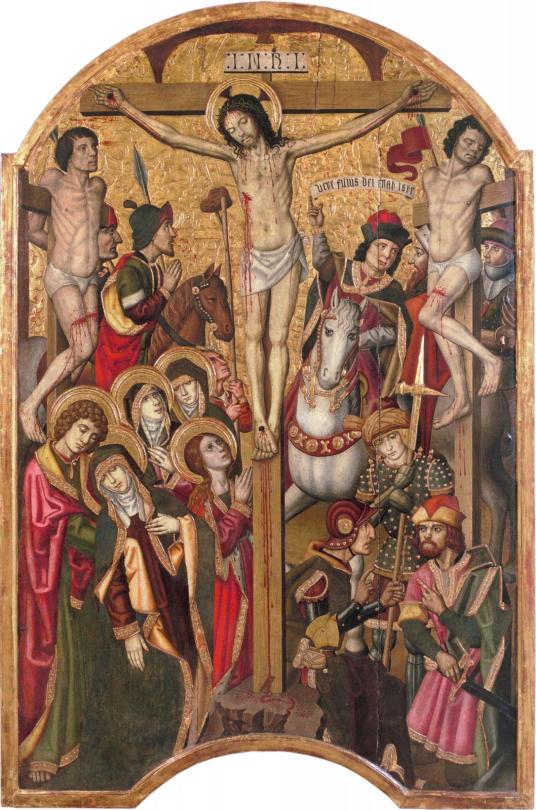
Here you can compare the two ways of representing Christ. On the left, the statue called Majestat Batlló, made in the 1100s in la Garrotxa (Catalonia) in Romanesque style. On the right, the Calvari painting made around 1470 in Granollers (Catalonia). Both of them are kept in MNAC.
There are some other saints with very similar stories to Saint Wilgefortis, like Saint Múnia of Barcelona.
Now you might be wondering, how do we know this statue represents Saint Wilgefortis and not Christ? First of all, this statue is from the Baroque period, where Christ was never represented wearing a long tunic and hadn't been for centuries. Culturally, it would not make any sense for a Catalan artist in the 1600s to represent Christ or any normative man wearing what by then was a woman's dress. Secondly, if you look at the statue from the side, you can see that she has some boobs. And lastly, when the statue was restored, they found a textile fragment at the bottom of the tunic, which was a stitching work made from lace. Traditionally, lace has been a type of decoration used in women’s clothing.
So there is no doubt that this statue, like others that can be found all around Europe, represents Saint Wilgefortis. The woman who was blessed with a beard, and who we call Saint Liberated because her beard liberated her.
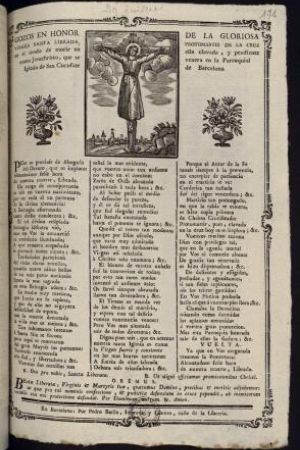

Couplets in honour of Saint Wilgefortis for the church Sant Cugat del Rec in Barcelona, Catalonia. 18th century. Source: Mediateques Montpellier. Here, the images represent her without a beard, but the poem explains her story.
Traditionally, Saint Wilgefortis has been patron saint of agriculture, travellers, children who were stunted or had difficulty walking, skin diseases, pets, laundresses, and the agony of the dying. In more recent times, two more were added: Saint Wilgefortis is the patron saint of transgender people and has been claimed as a lesbian martyr.
Source: Museu Nacional d'Art de Catalunya.
#arts#escultura#uselesslgbtfacts#mnac#baroque#saint wilgefortis#folk saint#trans#transgender#intersex#art history#trans history#museums#museum#history#història#catholiscism#catholic#eating disorder mention#religion
134 notes
·
View notes
Text


Ernesto Canto da Maia (Por. 1890-1981)
Adam y Eva (1929-1930)
Terracotta pomychrome
20 notes
·
View notes
Text

Otelo e Desdemona (1880/1881)
Antonio Munoz Degrain (1840 1924)
Pintor Espanhol
in: Museu Nacional de Arte Contemporânea/ Lisboa
9 notes
·
View notes
Text

Lomography 100 exp. '21
#35mm#contemporary art museum#butterflies#carlos amorales#black cloud#instant performance#contemporary art#mnac#bucuresti#bucharest#romania
4 notes
·
View notes
Video
Lisboa - Museu Nacional de Arte Contemporânea by jaime.silva
exposição Veloso Salgado (1864-1945) de Lisboa a Wissant
Veloso Salgado (1864-1945), "Sunhitá - Arquitecto japonês", 1891
#MNAC#Museu Nacional de Arte Contemporânea#Art#arte#Arts#Artes#pintura#painting#paint#peinture#Lisboa#Lisbon#Lisbonne#Lissabon#Lisszabon#Lisbona#Lisabona#Lisabon#Lissabonin#Lissaboni#Lisabonos#Lisabonas#Lizbona#Lizbon#Lizbonska#Portugal#Portugalia#Portugalsko#Portugália#Portugalija
5 notes
·
View notes
Photo

Feliu Elias/Apa.
Caram, caram! Veiam si encara l’agafaré jo...
¡Caramba, caramba! A ver si todavía la cogeré yo...
Tinta y lápiz de color sobre papel. Ilustración. 1918.
Museu Nacional d’Art de Catalunya. Barcelona. Exposiciò Feliu Elias.
6 notes
·
View notes
Text

Museu Nacional d'Art de Catalunya (MNAC), Barcelona, 2010
#original photographers#original photographers on tumblr#photographers on tumblr#photographers#barcelona#MNAC
10 notes
·
View notes
Text
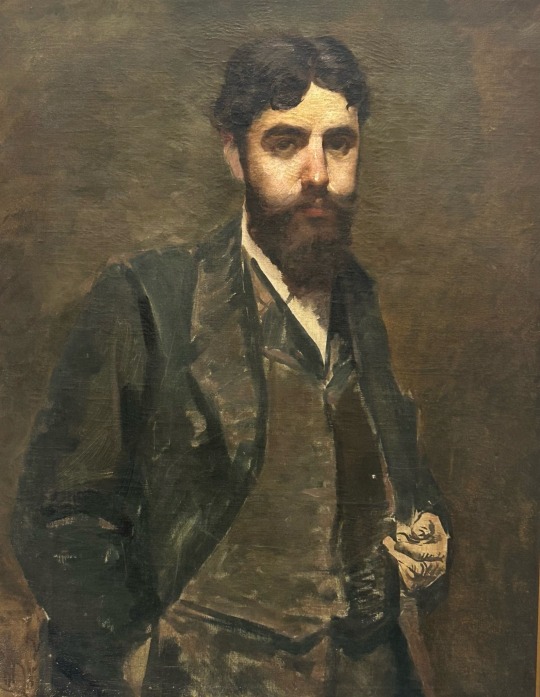

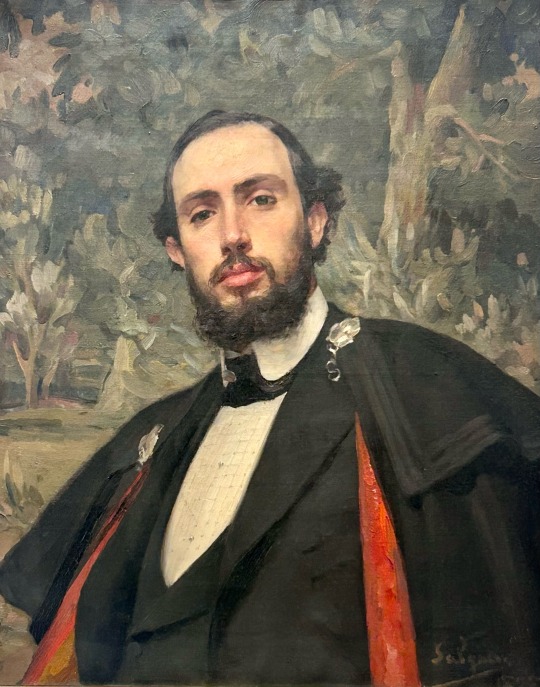
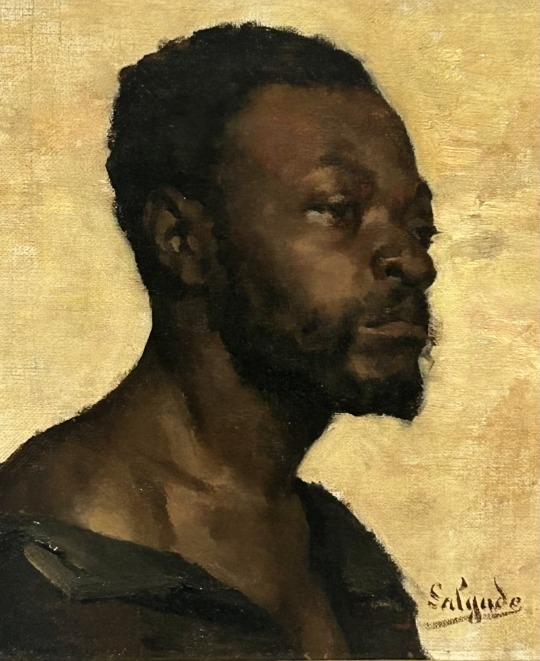
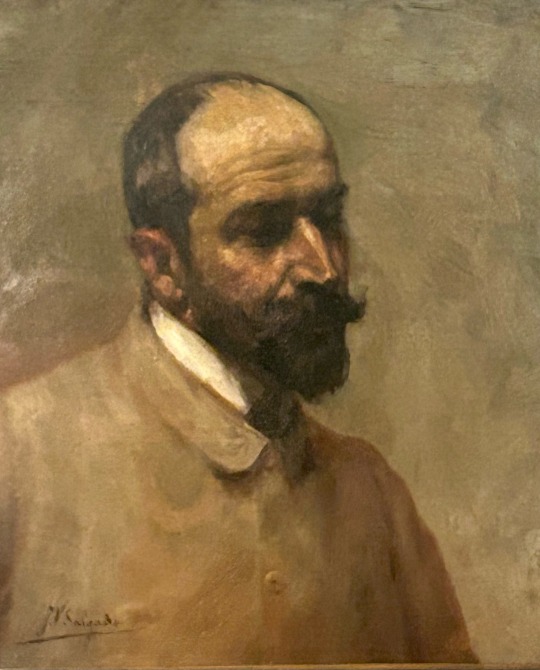
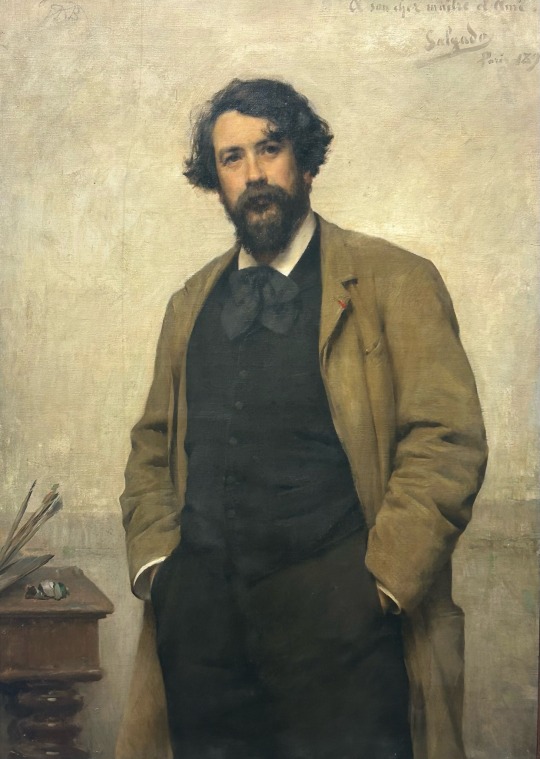
Veloso Salgado, MNAC, Lisbon
#art#painting#art history#male portrait#19th century#men#vintage men#veloso salgado#portuguese art#mnac
2 notes
·
View notes
Video
Lisboa - Museu Nacional de Arte Contemporânea by jaime.silva
Júlio Pomar (1926-2018), Os mascarados de Pirénopolis, XIII", 1987
#Júlio Pomar#MNAC#Art#arte#Arts#Artes#pintura#painting#paint#peinture#Lisboa#Lisbon#Lisbonne#Lissabon#Lisszabon#Lisbona#Lisabona#Lisabon#Lissabonin#Lissaboni#Lisabonos#Lisabonas#Lizbona#Lizbon#Lizbonska#Portugal#Portugalia#Portugalsko#Portugália#Portugalija
7 notes
·
View notes
Text
Immaculate The Sandman vibes from a 1880s series of paintings by Catalan artist Antoni Fabrés ❤️

3 notes
·
View notes
Text

Cua del pa (breadline). 1937, during the Spanish Civil War.
Photo taken by Mey Rahola, now in Museu Nacional d'Art de Catalunya (MNAC).
#mey rahola#història#guerra civil#fotografia#arts#mnac#historical photography#historical photo#war#war history#20th century#1930s#vintage photography#historical photos#spanish civil war#civil war#1937#curators on tumblr
49 notes
·
View notes
Text

Kodak Colorplus 200 exp. '21
#35mm#butterflies#contemporary art#contemporary art museum#mnac#bucharest#romania#carlos amorales#black cloud
3 notes
·
View notes
Photo



Feliu Elias.
“Fent neteja”. (Haciendo limpieza). Óleo encolado en tela, 1936.
Exposición: Feliu Elias. Museu Nacional d’Art de Catalunya. Barcelona.
Realismo mágico. Neue sachlichkeit. Nueva objetividad...
2 notes
·
View notes

